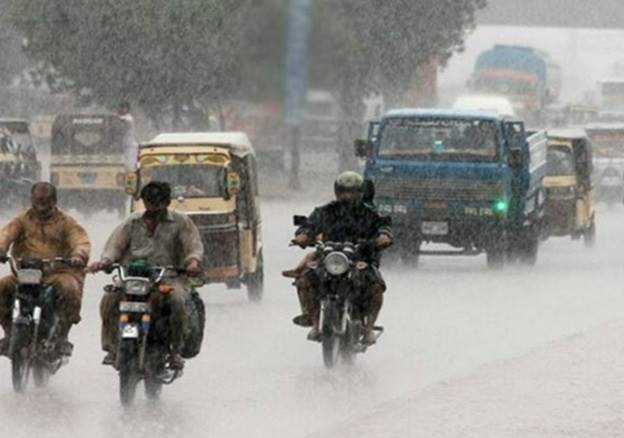Lahore’s infrastructure faced a severe test as torrential rain pummeled the city, setting a 30-year record with 315mm of rainfall. The city, known for its historical landmarks and bustling streets, transformed into a waterlogged labyrinth, exposing the fragility of its urban planning and drainage systems. Major roads and thoroughfares, including the key intersections and underpasses, quickly submerged, turning into rivers that trapped vehicles and commuters alike. The drainage infrastructure, already strained by the city’s rapid expansion and inadequate maintenance, failed to cope with the deluge, leading to widespread flooding. Residential areas were hit hard, with water seeping into homes, disrupting daily life, and causing significant property damage.
The stormwater drainage system, designed decades ago, proved insufficient for handling such extreme weather events. The clogged and outdated sewer lines exacerbated the situation, leading to backflow and overflow in several parts of the city. Additionally, the encroachment on natural waterways and the lack of green spaces, which could have absorbed some of the rainwater, further compounded the flooding problem. The city’s electrical grid also suffered, with frequent power outages leaving many areas in darkness, complicating rescue and relief efforts.
Public transportation ground to a halt as buses and rickshaws found themselves stranded, while the city’s metro system experienced delays and service disruptions. Emergency services were overwhelmed, with reports of ambulances and fire trucks struggling to navigate the flooded streets. The rain also revealed the inadequacies in Lahore’s public health infrastructure, as stagnant water raised concerns about waterborne diseases and the spread of infections.
Lahore officials and urban planners faced intense scrutiny and criticism from residents and experts alike, calling for urgent upgrades and reforms to Lahore’s infrastructure. The record-breaking rainfall underscored the need for a comprehensive and resilient urban planning strategy that can withstand the impacts of climate change and extreme weather. This includes upgrading the drainage systems, enforcing building codes to prevent illegal construction on natural waterways, and investing in green infrastructure projects such as parks and wetlands that can help manage stormwater.
As the waters receded, the aftermath left a stark reminder of the challenges posed by inadequate infrastructure in the face of natural disasters. The record rainfall in Lahore highlighted the urgent need for modernization and proactive planning to safeguard the city and its residents from future weather extremes.


